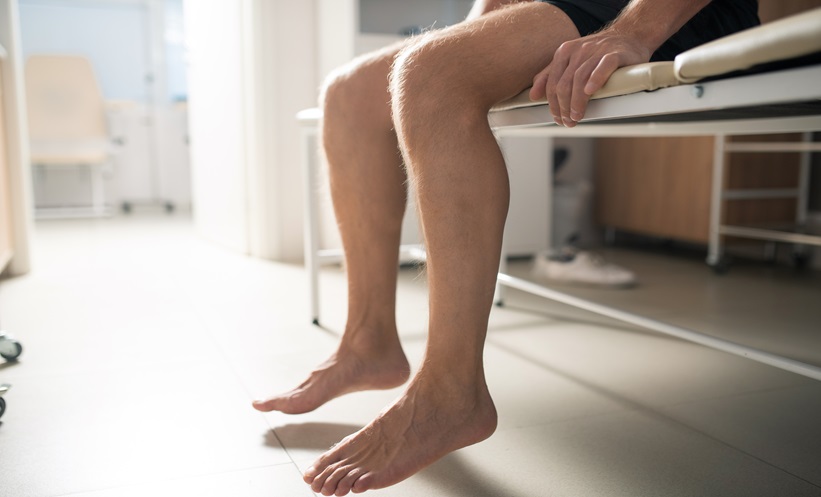DEVICE-measured stationary behavior, specifically prolonged sitting, is associated with increased risk of cardiovascular disease (CVD) and orthostatic circulatory disease, while standing was not linked to CVD but was associated with orthostatic circulatory disease. The study assessed the relationship between daily sitting, standing, and overall stationary behavior with the incidence of these conditions, providing critical insight into how stationary habits impact cardiovascular health.
Using data from 83,013 participants in the UK Biobank (mean age 61.3 years; 55.6% female), accelerometers measured time spent sitting and standing. Cardiovascular disease included coronary heart disease, heart failure, and stroke, while orthostatic circulatory diseases encompassed orthostatic hypotension, varicose veins, chronic venous insufficiency, and venous ulcers. A Cox proportional hazards regression model with restricted cubic splines was used to assess the dose-response relationships between stationary behavior and disease outcomes. The study accounted for competing risks using the Fine-Gray subdistribution method. Over an average follow-up of 6.9 years, 6,829 CVD events and 2,042 orthostatic circulatory disease events were recorded.
Results indicated that stationary time exceeding 12 hours per day significantly increased the risk of both CVD (HR: 0.13 per hour) and orthostatic circulatory disease (HR: 0.22 per hour). Each additional hour of sitting beyond 10 hours per day raised the risk of CVD by 0.15 and orthostatic circulatory disease by 0.26. Interestingly, standing more than two hours per day increased orthostatic circulatory disease risk by 0.11 per 30-minute increment, though it was not associated with CVD risk.
In conclusion, prolonged sitting is associated with increased risks of both major CVD and orthostatic circulatory disease, while standing poses a risk specifically for orthostatic circulatory conditions. From a clinical standpoint, these findings suggest that merely increasing standing time may not reduce CVD risk and could even increase the risk of orthostatic conditions. Future guidelines should emphasize reducing sitting time as a key intervention in reducing stationary-related health risks.
Reference
Ahmadi MN et al. Device-measured stationary behaviour and cardiovascular and orthostatic circulatory disease incidence. Int J Epidemiol. 2024;53(6):dyae136.








